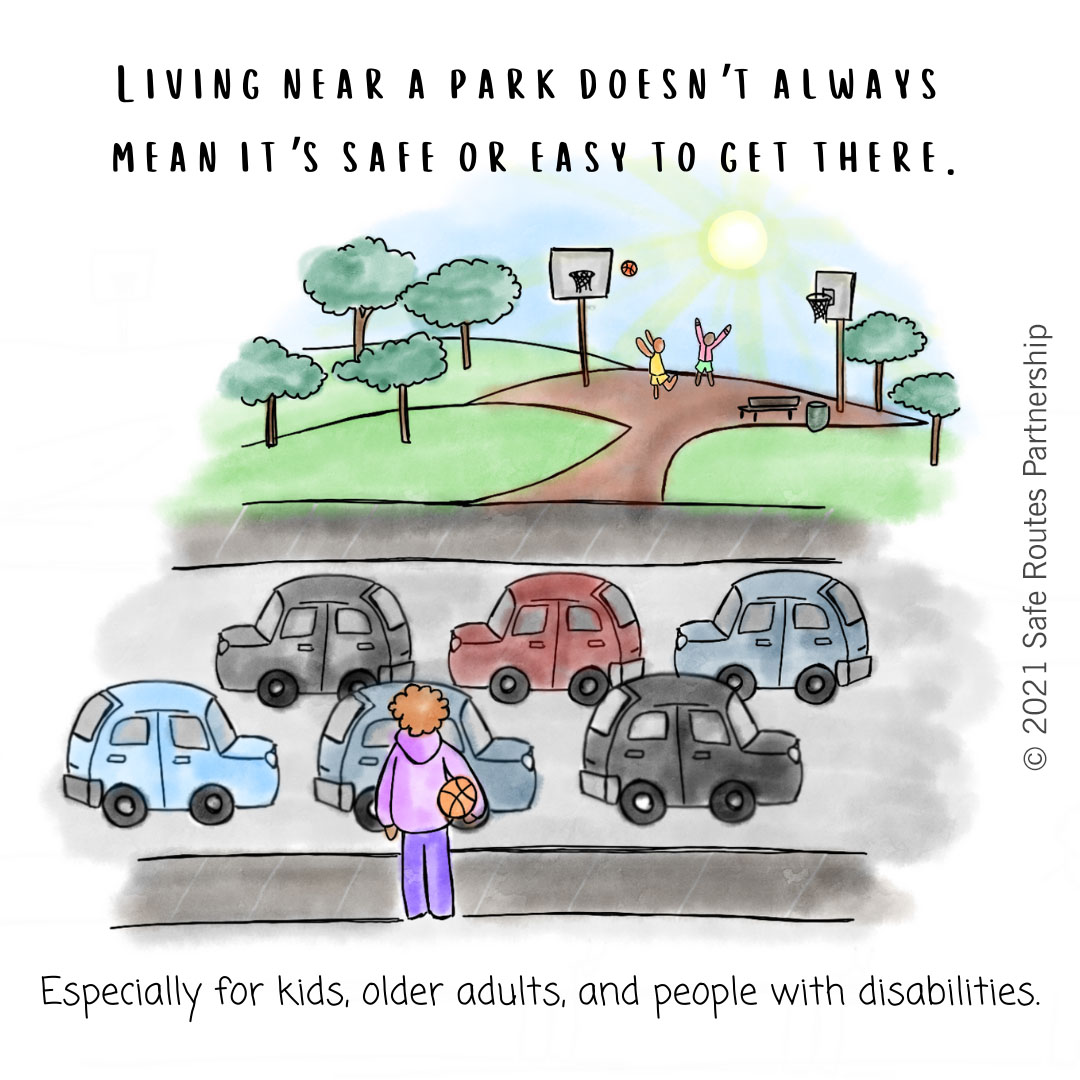I love hearing from our Safe Routes to School and active transportation community with questions about what’s happening on Capitol Hill and with federal policy. Here are some of the questions I got this month while Congress was on recess – and answers to those questions.
What federal funding programs are open that I can apply for to improve walking and bicycling?

